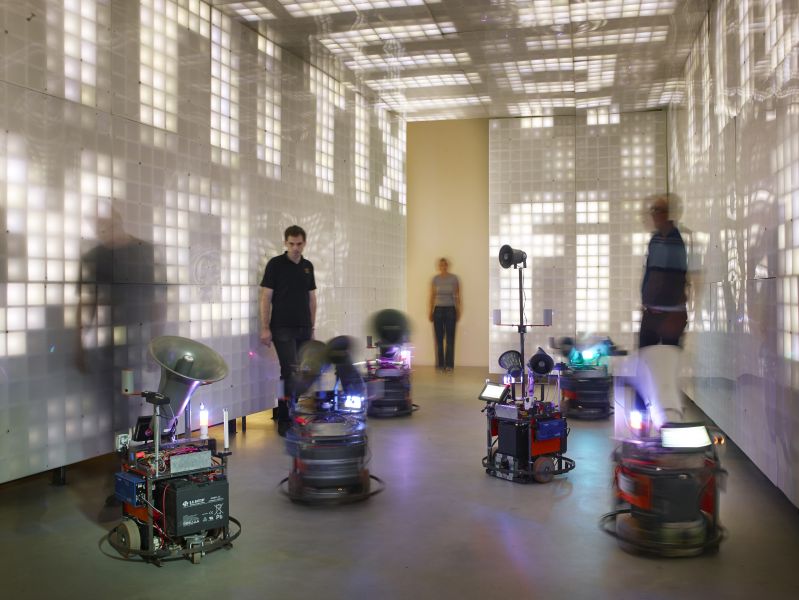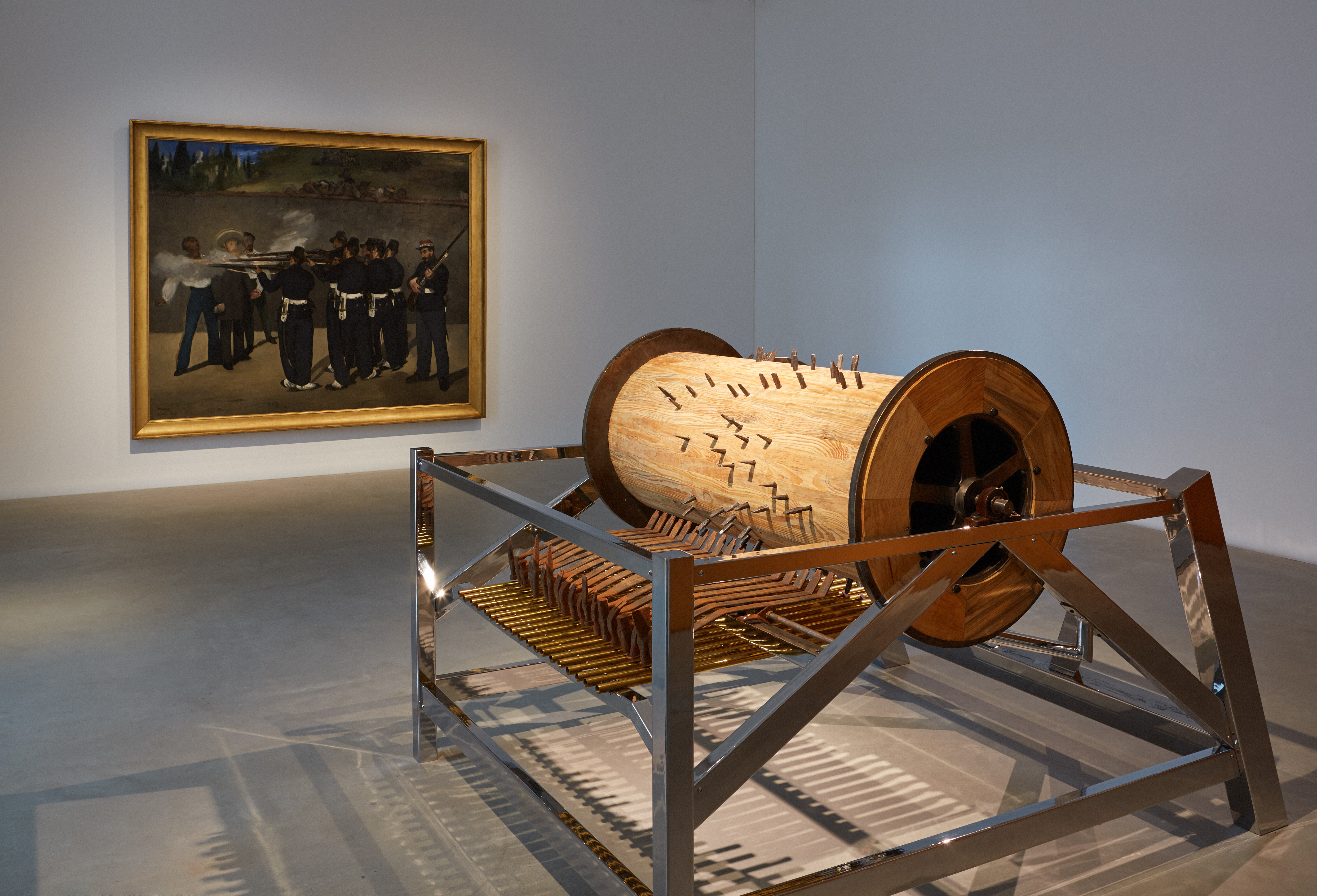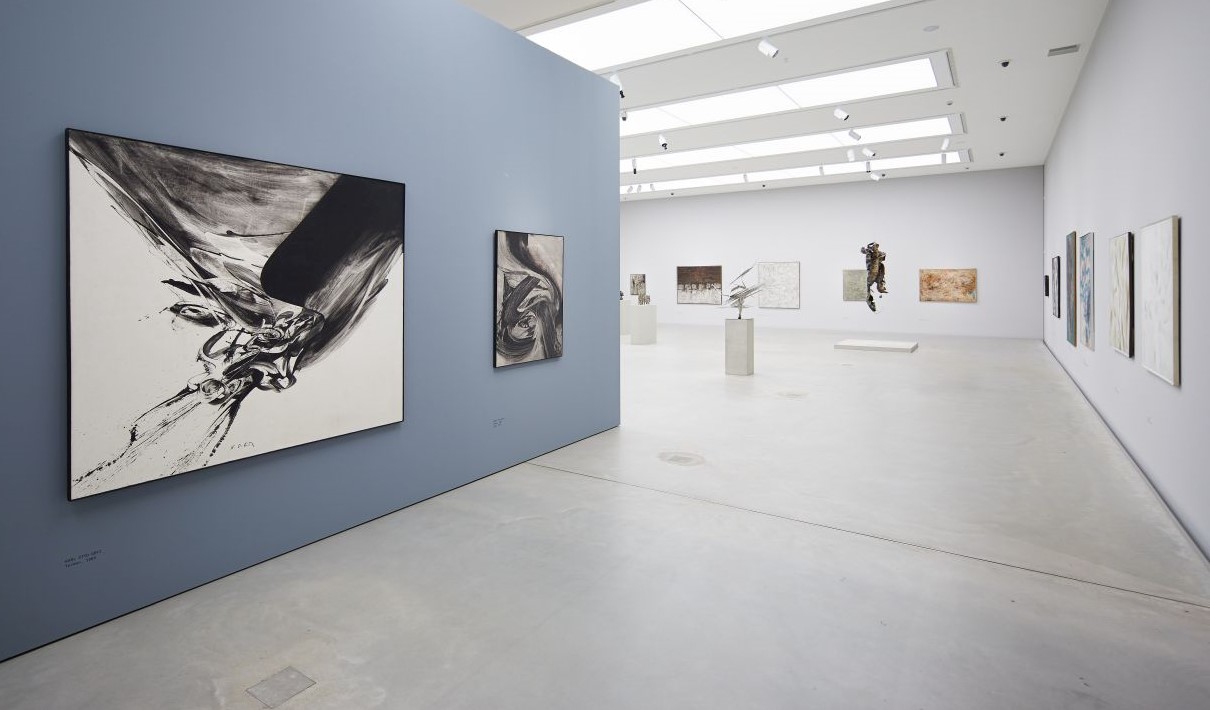9 a.m.
Welcome:
Sebastian Baden, curator, Kunsthalle Mannheim
Danièle Perrier (president of AICA Germany)
START UP performance by Thierry Geoffroy
10 a.m.–12:30 p.m.
Sabine Maria Schmidt
Followers for Everyone! Or: It’s strange to work alone...
Introduction Thomas Wagner
Art Criticism in Tribal Culture—Online Spaces, Content Management, Feedback and the Hedgehog’s Strategy
Working as an art critic today is not easy. What happened to those dreams of being able to act differently and more freely in the online world? What is the significance of the fact that publishers are always demanding up-to-date content? Will art criticism remain relevant, or will it mutate into mere marketing? Is it simply not strategic enough?
Barbara Hess
On the Value of Criticism in the (Digital) Online World
“Art today is distributed in a network of communications,” noted the art critic and curator Lawrence Alloway back in 1972. What prospects does art criticism have in the present world of the (digital) net, in which the idea and practice of criticism themselves appear to have entered a state of crisis, as described by the French social scientists Luc Boltanski and Ève Chiapello in Der neue Geist des Kapitalismus (2003, The New Spirit of Capitalism)?
12:30 p.m. – 1 p.m. (Lunch break)
1 p.m.—3 p.m.
Annekathrin Kohout
Art Criticism and Social Media
Social media has given rise to both a new culture of debate and new expectations of art and its criticism. Rankings and “likes” make an art criticism that bases its judgments on shared artistic criteria appear superfluous. This is often romanticized as having finally created a space in which artists can once more act independently, in which culture is democratized and gatekeepers must relinquish their monopoly on power. But social media, in which mysterious algorithms determine what appears on a feed, social media influencers select according to their own (newly invented) criteria, and “likes” rigorously obey social factors, have created new power structures—which we can eschew or support.
Johannes Bendzulla
Art Criticism as Metacriticism - Observations on the State of Online Criticism
Political and moral arguments are being brought to the table more and more often when art is evaluated. Breaking boundaries has long been considered a classic artistic strategy, one which takes its meaning from an assumption that one enjoys total artistic freedom. Yet increasingly, this paradigm is being called into question. Who are the actors in this discussion and what assumptions do they base their argumentation on? How can the debate be sited within the political maelstrom of what can be described as the crisis of liberal democracies in the Western tradition? And finally—what is there to win and what is at stake?
About the Participants:
Johannes Bendzulla studied at the Kunstakademie Düsseldorf and the Academy of Media Arts Cologne. Since 2012, the artist and photographer has also written an online press review on contemporary art that appears on donnerstag-blog.de (in cooperation with Steffen Zillig) and art-magazin.de. He lives and works in Düsseldorf. (www.johannesbendzulla.net)
Barbara Hess studied art history and Romance studies in Cologne and Florence, completing a PhD on the origins of the documenta and the founding of the Cologne art fair. Since the late 1990s, she has contributed to numerous publications including Camera Austria, Flash Art, Kunst-Bulletin, Metropolis M, Sediment—Mitteilungen zur Geschichte des Kunsthandels and Texte zur Kunst. She works in Cologne as an author and translator.
Annekathrin Kohout is a journalist and a cultural studies scholar. She is the publisher and editor of the magazine POP. Kultur und Kritik and a researcher at the department of philosophy at the University of Siegen. She also works as a freelance author and writes about internet phenomena, pop culture, photography and art on her blog sofrischsogut.com.
Sabine Maria Schmidt is an art historian, curator and author. Since the mid-1990s, she has consistently published on twentieth and twenty-first century art, with a focus on art in public spaces, photography, film, video and media art in Kunstforum International, Artist Kunstmagazin, Springerin, Kunst-Bulletin, Foam and elsewhere. Since 2017, she has volunteered on the board of AICA Germany. (www.sabinemariaschmidt.com)
Thomas Wagner studied German and philosophy. From 1991 to 2007, he edited the features section of the Frankfurter Allgemeine Zeitung (F.A.Z.). From 2008 to 2017, he established an online magazine on design, architecture and art for Stylepark AG, while also contributing to the art magazine art, Die Welt, and other publications. Today he works as a freelance author and editor for the magazine designreport. He is also an honorary professor at the Academy of Fine Arts in Nuremberg, and the author of numerous texts on art, design and architecture.
Thierry Geoffroy, known as Colonel, lives and works in Copenhagen and Berlin. He has tirelessly covered prominent exhibitions as a norm-challenging “biennalist” since 1989, using the tent as a symbolic and dramatic surface. He is the creator of several art exhibition formats including Emergency Room, Critical Run and Penetrations. Together with Tijana Mišković, he cofounded the Copenhagen Ultracontemporary Biennale (CUB). He is also a participant in the exhibition Constructing the World at the Kunsthalle Mannheim. (http://www.colonel.dk)



